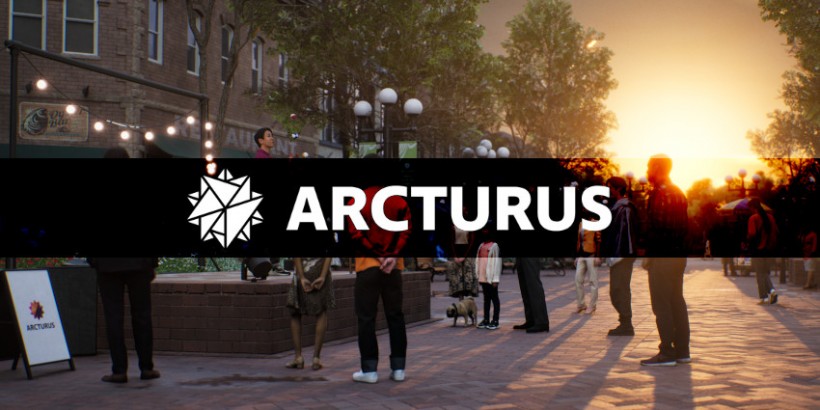Within 18 months, Michael Uhlarik believes the upmarket electric motorcycles he’s designed will be ripping around some of the major bike tracks in the U.S.
If he ever doubted this vision, the CEO Amarok Electric Motorcycles of found validation in June when the Amarok P1A bike, driven by Canadian superbike pro racer Michael Leon, reached speeds of 100 miles per hour going up a gradient of 17 degrees at the 91st Pikes Peak International Hill Climb in Colorado. It was faster than competing bikes from larger companies that had cost $30 million to develop.
In the wake of the success at Pike’s Peak, Uhlarik and his partner Kevin O’Neil are working on raising about $800,000 in capital, with which they hope to develop their first bike for the high end of the market. The plan will no doubt involve partnerships with larger companies, especially those providing components of the bikes. What Uhlarik and O’Neil specialize in is the design of the bike’s chassis, so they will use other company’s engines and other features.
“We make the lightest bike for its horsepower in any class,” Uhlarik said in an interview Friday. But what makes an Amarok bike really special is the buyer is able to customize so many aspects of the bike, including the size of the frame, which is a rarity in what is largely a commodity trade.
“This is a motorcyclist’s dream,” said Uhlarik, who previously worked for such motorcycle and sports vehicle makers as Piaggio, Yamaha, and Bombardier. “With a lot of them [bikers], their dream is to impose their lifestyle on to their bikes.”
The idea is that buyers can choose the size of frame they want, and there would be some ergonomic flexibility so the bike fits the rider’s body and preferences. There would be customized performance packages.
“The beauty of electric bikes is it can all be changed at the touch of a button so you can continue to customize the vehicle after you bought it,” he said.
He said the company plans to go to market by courting the high end of the bike market and riders who drive bikes at special tracks rather than on roads and highways. Though this may seem like a small niche, Uhlarik said these tracks are becoming increasingly popular because cyclists are worried and bothered by congestion on public roadways. In California alone last year, there were 60,000 visits to bike tracks. What’s more, sales promotions at these tracks would have a captive, interested audience.
Uhlarik said going after the broader, mass market would be “suicide” in the motorcycle industry, because mainstream competitors spend millions each year in marketing.
Rather, Amarok is counting on direct sales efforts at bike tracks and then let word of mouth do its magic, which is a powerful marketing force in the biking community. Bikers tend to ride together, breaking frequently to grab a coffee or meal and discuss their singular obsession – motorbikes.
“Motorcycling culture is wonderful,” said Uhlarik. “It’s like social media, only it’s face to face.”









